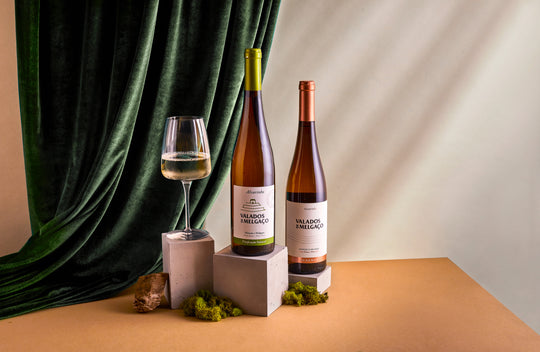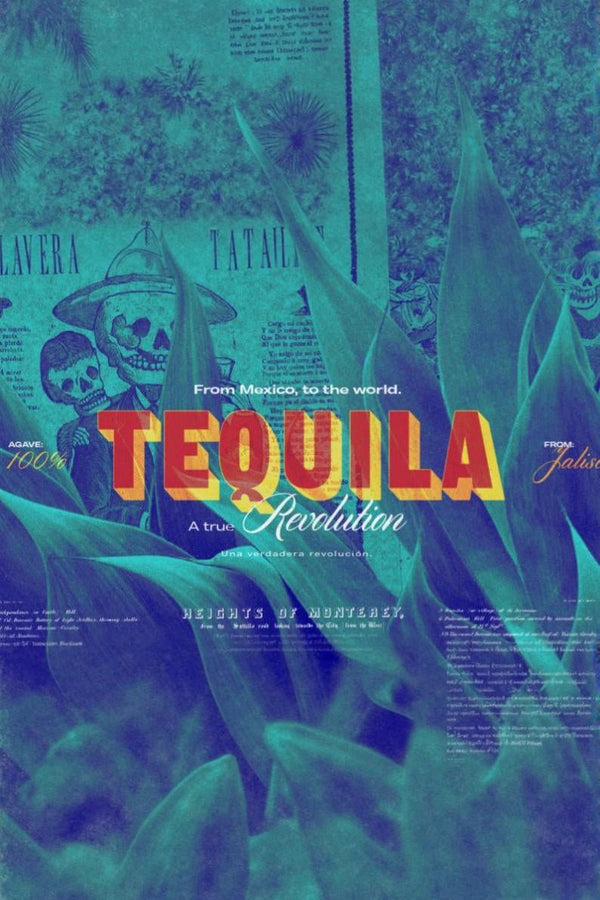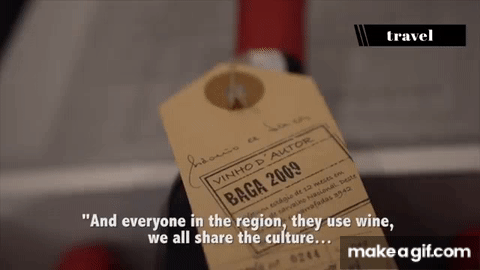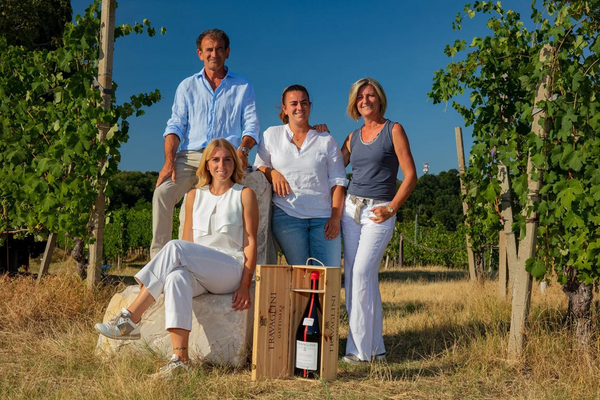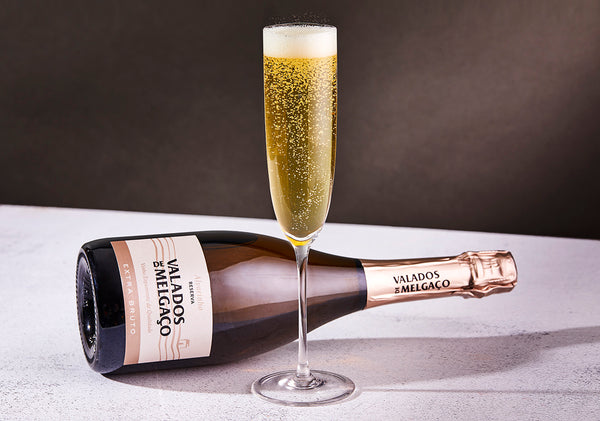Icewine: The Fifth Element

You’ve heard of ice, (not trying to insult your intelligence) and you’ve heard of wine. But have you heard of icewine?
Just when you thought you had the wine thing down, it’s blown up in your face. There’s nothing simple about growing grapes and making wine – and why should there be? When you’ve got an opportunity given by Mother Nature herself to create an entirely new type of wine, why wouldn’t you?
Sometimes, the signs are there. The stars have aligned, the moon is full and crisp, and the warm feeling of wine in your belly is inspiring you to make more.
You must forgive me, however – I’m getting ahead of myself. Every good story begins with a location, so let’s start there.
Niagara-on-the-Lake has magical powers. There’s something in the atmosphere – or the lake itself – that causes these freak chemical reactions to occur, which causes types of wine to explode out of nowhere.
When the temperature dips below -8 degrees Celsius at Niagara-on-the-lake, something happens to the grapes. The grapes that have been left on the vine after the harvest freeze on the outside and the water that’s encapsulated in the berries turns to ice.
However, the natural sugars do not. You can see what I’m getting at here. With the right equipment and creative gusto, you’ve got yourself icewine.
Inniskillin is Canada’s original estate winery. Commanding authority over three vineyards in total, they can hone their focus and practices into producing unique and original wines in each location.
Today, we’re talking about icewine, which takes us to their winery at Niagara-on-the-Lake – and we all know what happens there. Now, a small history lesson. Icewine can actually be traced back to Germany – and that’s the extent of my knowledge.
These days, you think of Canada when you think of icewine – especially Ontario. The wintry elements snap into play and get busy producing some of the best icewines you’ll ever taste. While most grapes rely on the sun for their mojo, icewine grapes prefer the dead of night.
Naturally, this is when the temperature is at its most unforgiving – otherwise known as perfect conditions. The resulting juice that’s been crystallized with the natural sugars is rich and highly concentrated.
I mean, you can’t expect anything less from a winemaking ritual that happens in the middle of the night. Once you’ve waited until the morning – and then a few hundred more mornings after that – you’ll have nectar reminiscent of the ice gods.
Inniskillin Icewine
2014 Vidal Icewine: mango and orange dominate the aromas of this icewine, closely followed by more fruity flavors on the palate that includes peach, lemon, and nectarine balanced nicely by a lively acidity.
Forget -8 degrees Celsius with this seasoned vintage – try -10.
2014 Riesling Icewine: peach, pear, and lime will awaken your senses as you breathe in this wine. The palate mixes things up a bit by including honey with apricot and mango that is complemented by a lively, yet crisp acidity.
If you’ve been picturing vampires dancing around these vineyards this whole time, you’re not far off. This harvest began under a full moon with temperatures reaching an icy -10 degrees Celsius.
2012 Cabernet Franc Icewine: we’re exploring another side of fruit with this next wine as you take in notes of raspberry, strawberry, and rhubarb. The palate reflects this almost perfectly, rounding up with an acidity that’s well-balanced.
The ungodly hours of the early morning were dedicated to this harvest. There was no time to lose, either – pressing of the grapes began almost immediately.
When the moon is full, the grapes doth grow – or freeze. Either way, the result is nothing short of a magic trick that produces some of the finest icewines currently available. It’s turn-into-a-vampire worthy.

